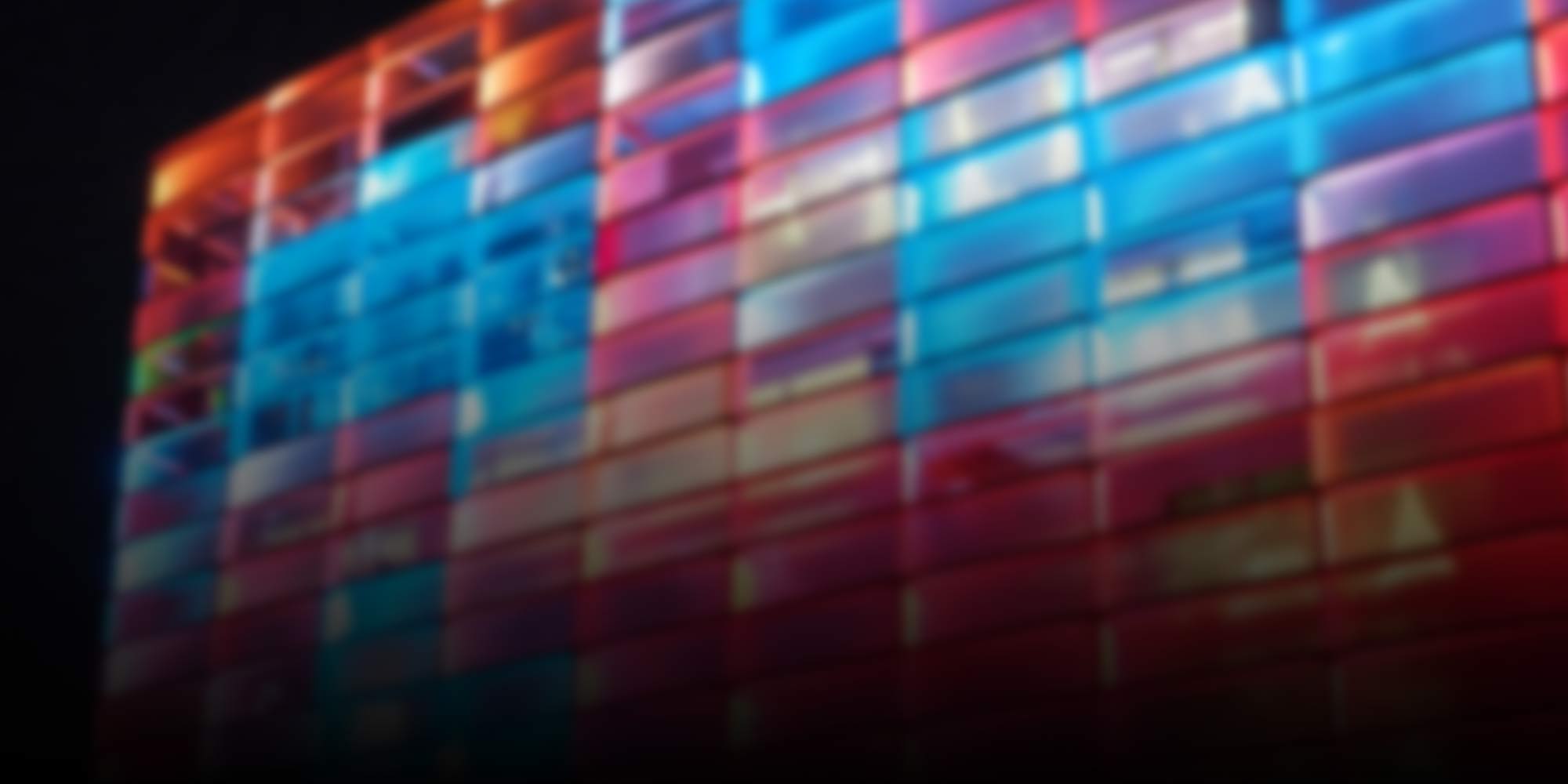
Media Art History
-
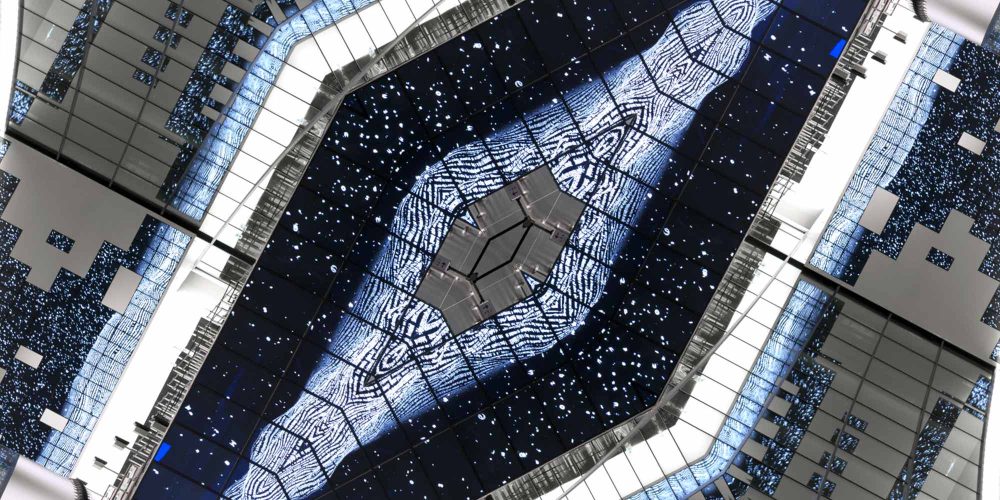
Poetic Systems
How art can make complex structures tangible
-
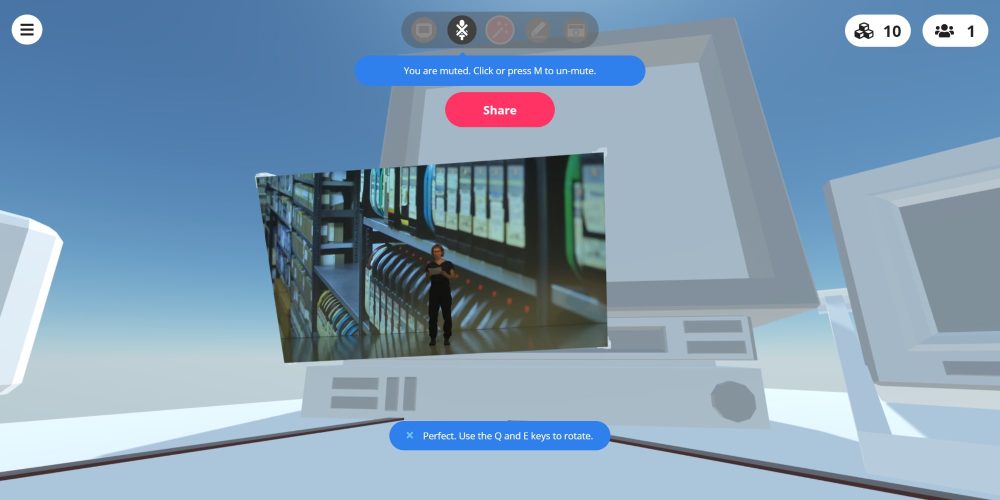
Networked archives and a glimpse into the future
Coronavirus, home office and a hacker attack. What followed was a project of increased collaboration, a dedicated conference at the Ars Electronica Festival and, for the first time, a virtual room in Mozilla Hubs. 2020 was an exciting year for the Ars Electronica archive, which is now available again in its online version, strengthened.
-
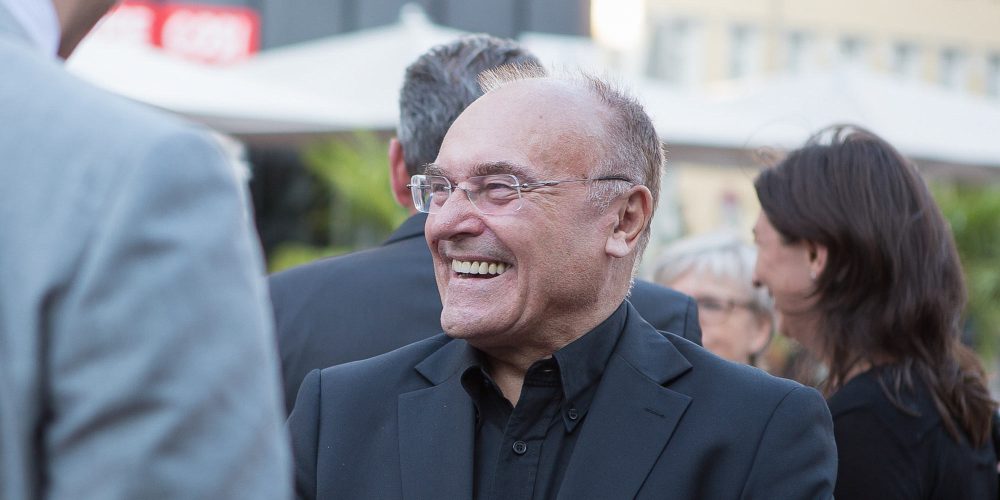
All the best, Hannes!
At the end of the 1970s, Hannes Leopoldseder set out to create a festival for art, technology and society. Today, on the occasion of his 80th birthday, we look back on four decades of digital change with excerpts from his texts and historical photos of the co-founder of Ars Electronica.
-

The Prix Universe
The Prix Ars Electronica is the most traditional media art competition in the world. The winners will receive the coveted Golden Nicas, prize money up to 10,000 euros per category and a presentation at the prestigious Ars Electronica Festival in Linz.
-
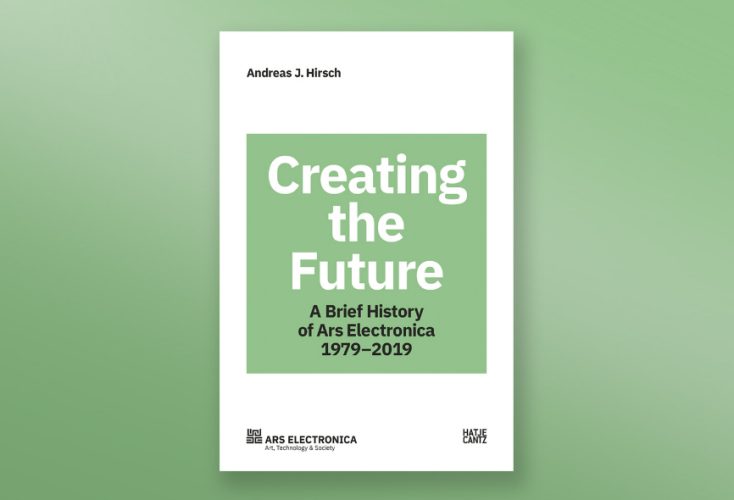
Creating the Future: 40 Years of Ars Electronica as a Book
In “Creating the Future” Andreas J. Hirsch tells the story of 40 years of Ars Electronica, invites key figures to speak and outlines the significance of the institution since it was founded in 1979.
-
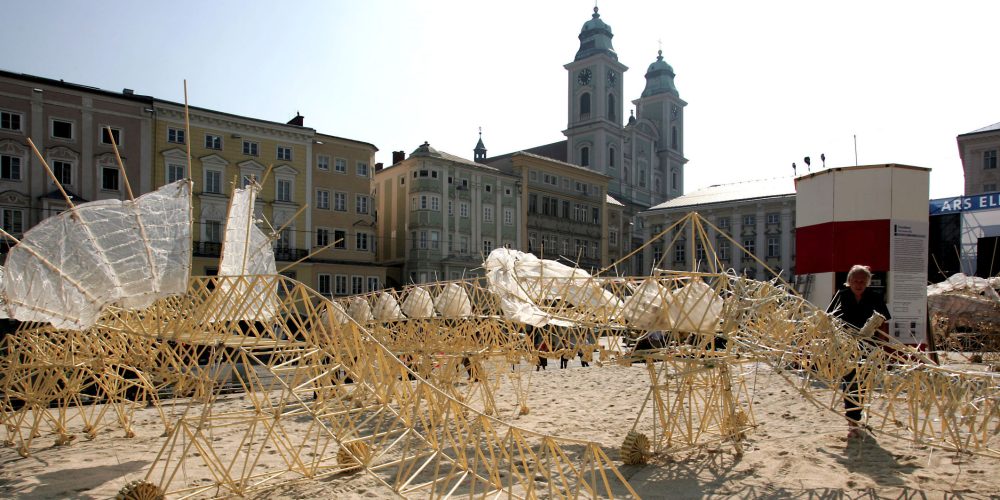
“Ars and the City”: In the City, with the City, for the City
What has Ars Electronica done in the city, with the city and for the city? The exhibition “Ars and the City” at the LENTOS Kunstmuseum will explore these questions during the festival on the occasion of this year’s 40th anniversary of Ars Electronica.
-
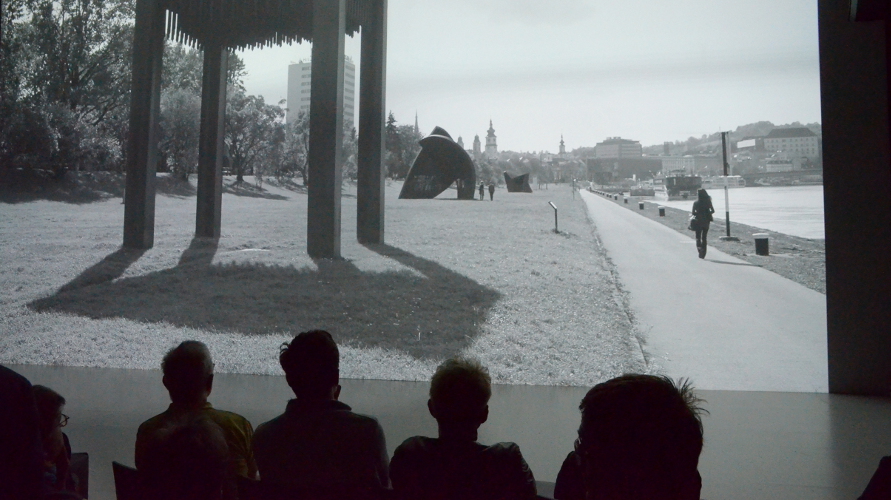
Linz – Steel City with Culture
Everyone in Linz is familiar with the metal sculptures in the downtown park along the south bank of the Danube. But almost no one is aware that Forum Metall celebrated its 40th anniversary in 2017? Those who attended a recent Deep Space LIVE learned more about this project’s historic significance for the City of Linz.
-
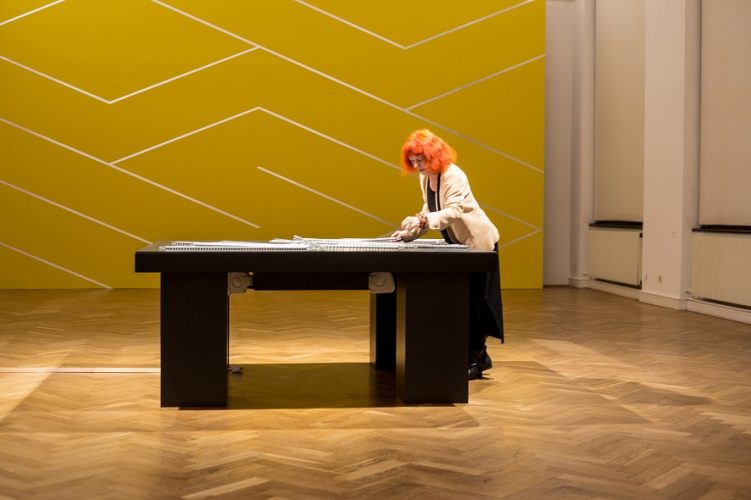
Sound, Light and Pick-up Sticks: Waltraut Cooper
The “Waltraut Cooper. Light and Sound” exhibition co-produced by the Ars Electronica Center is running until January 21, 2018 at Landesgalerie Linz. We spoke with media artist Waltraut Cooper about media art in the 1980s, her fascination with light, and her works on display at Landesgalerie.
-
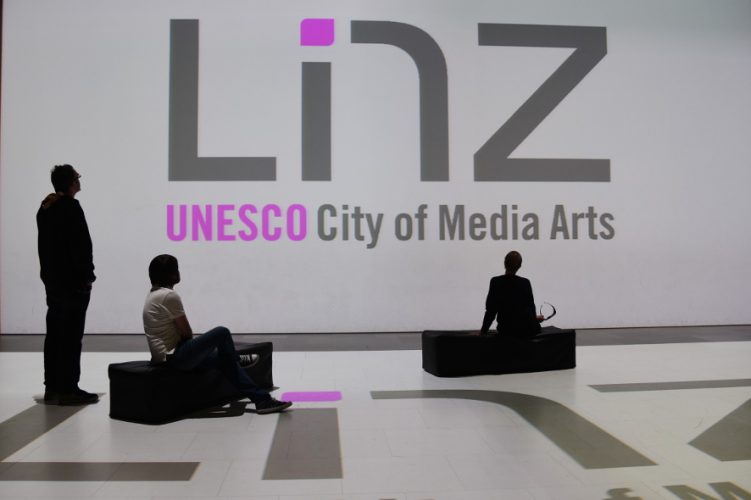
Why Linz was elected as UNESCO City of Media Arts
As the birthplace of Ars Electronica, Linz has been one of the world’s trailblazers at the interface of emerging technology, art and society for decades now. On December 1, 2014, UNESCO recognized these pioneering achievements by bestowing a great honor on Upper Austria’s capital: induction into the Creative Cities Network. Since then, Linz has been…
-
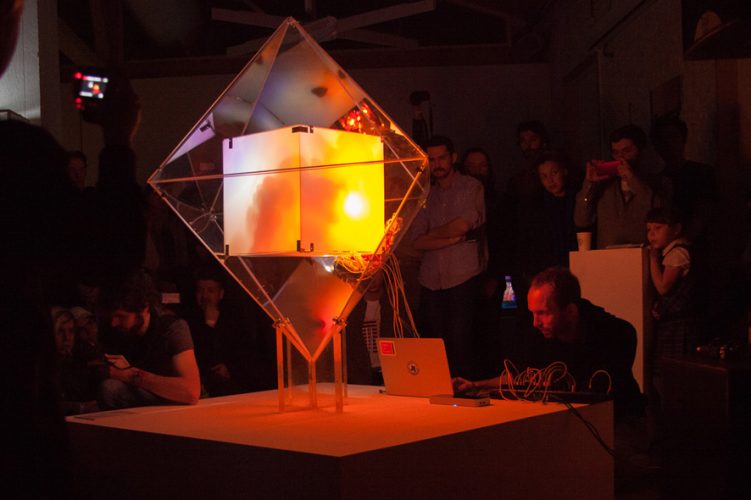
Crystall: Russian media art from the 1960s
With his light organ, the Russian artist Bulat Galeev has already experimented in the 1960s with the interplay of art and science. The musical instrument has now brought back to life by Natalia Fuchs, curator of the Polytech.Science.Art Week.